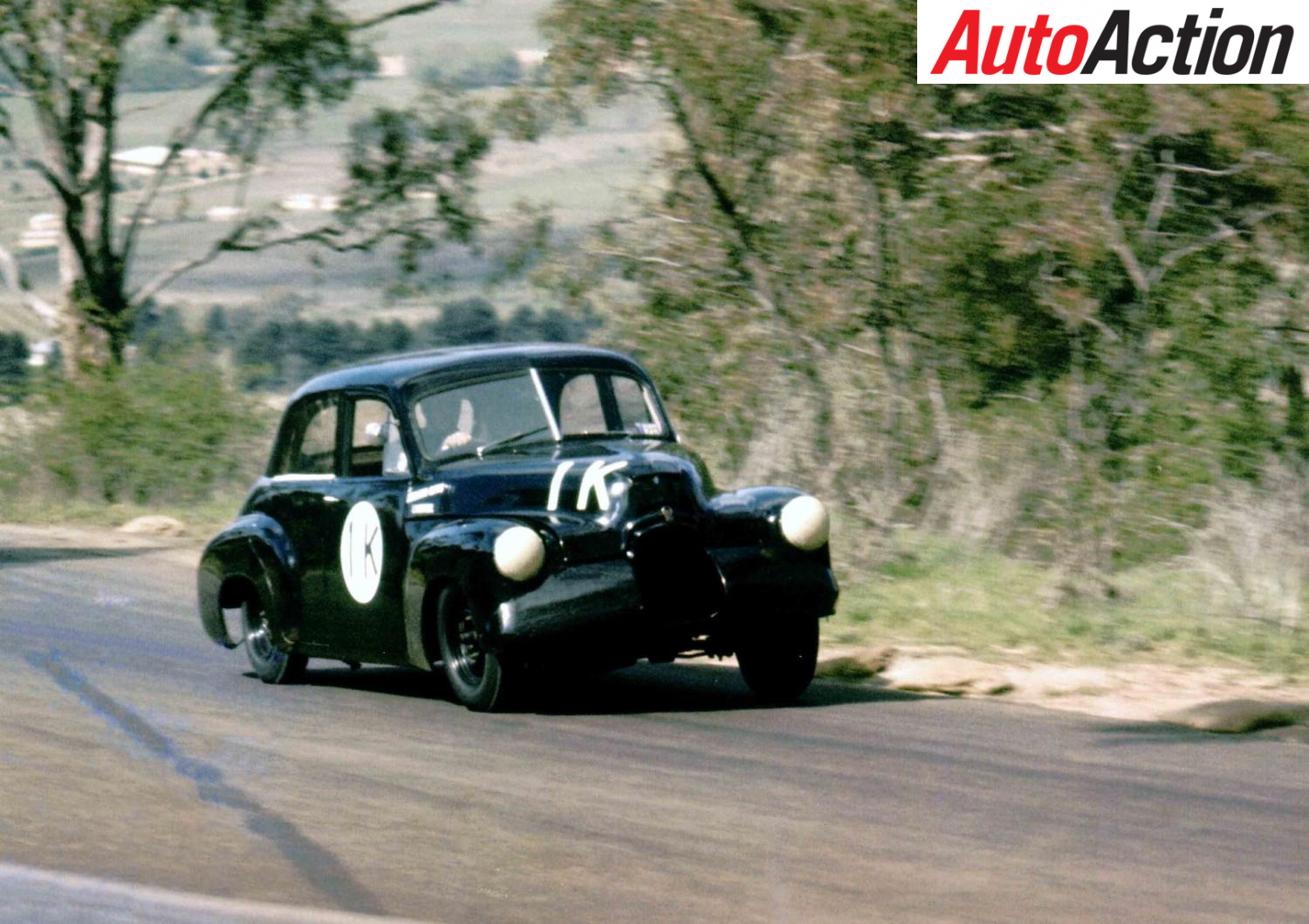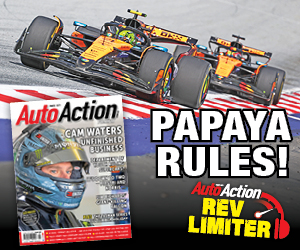HOLDEN: THE EARLY DAYS


Holden: The Early Years
As Australia farewells Holden as a manufacturer, Auto Action’s historic correspondent Bob Watson reflects on the lion’s motorsport participation starting from the very beginning in the latest edition starting with the 48/215:
It is difficult to define when Holden cars were first involved in motorsport.
As soon as the first Holden – the 48/215 – was available to the public in 1948 the car was perceived as a potential race winner compared to its American and British saloon car rivals, because of its lightweight and tuneable six-cylinder engine.
Motor racing was quite fragmented in the period immediately after World War II. Most race meetings were run under the “run what you’ve brung” formula. After being starved of motor sport over the war years, competitors just wanted to race and anything would do.
The first report of a Holden in competition by Australian Motor Sport – AA’s predecessor – was of a Mr WD Feltham, who competed in trials regularly in the early 1950s. The first reported Holden win was in the Light Car Club’s Experts Trial, which was won in 1951 and 1952 by Stan Jones and Maurice Monk. At that time hill climbs and trials were the major forms of motor sport, with track racing confined to homemade specials and sports cars.
The Holden 48/215 made its appearance on racetracks in 1954 when a Dick Shaw was pictured racing at Mt Druitt in NSW, but rules governing touring cars were virtually non-existent. Things came to a head when Reg Hunt, one of the earliest Holden dealers, set a new touring car record at Templestowe Hillclimb in Victoria driving an FJ Holden which consisted of a body with only a driver’s seat, a rudimentary aluminium bonnet and front mudguards resembling those fitted to a World War II Jeep.
Obviously, something needed to be done to define “touring cars” more specifically.
In 1959 the late Graham Hoinville was asked by CAMS (now Motorsport Australia) to prepare regulations governing touring cars. Hoinville drafted a set of regulations that became Appendix J of the National competition rules, and thus touring cars had its own category. The requirement was for production closed touring cars of which 100 units had been produced, with limited modifications allowed.
Clarity at last!
Also make sure you follow us on social media Facebook, Twitter, Instagram or our weekly email newsletter for all the latest updates between issues.



